Can chickens see in the dark? If you have taken a minute to closely observe the chickens’ behavior, you have probably noticed the fact that their eye sight is extremely developed. It shows when they spot a tiny little bug on a wisp of grass, for instance. But have you ever wondered if they can see colors? Do they have a black and white vision, and how well can they actually see the world that surrounds them?
Can Chickens See In The Dark And Can They See Color?
Studies have been conducted in this area and their results revealed the fact that chickens’ eyes resemble humans’ eyes a lot. Their eyes are also formed from a cornea and an iris. These are the elements that allow the light to enter before it can get to the cones located in the retina that help with sensing different colors. So, chickens are not that great at night vision, but they do see colors.
Interesting Facts Related To Chickens’ Eyes
You probably did not give much of a thought to this matter, but here are some interesting facts that might grab your attention next time when you see a chicken.
- Chickens and colors – As opposed to the human vision, a chicken does not have only three basic colors – blue, red and yellow – it also possesses a cone for the ultra-violet light. This is an interesting system that allows it to make differences between certain objects which are seen in far more colors and shades than humans manage to distinguish them.
- The UV cones – The cones that are especially designed for the UV light help chickens spot any shiny bugs and insects that might walk around. Also, any seeds and fruits that can be reflected really easy on the dirt or grass. An interesting fact would be the usage of the cones of a mother hen in order to detect which of the chicks are the healthiest ones. This happens due to the fact that the feathers reflect the UV light and the hen can easily determine which of the chicks are growing faster and stronger. This will make her devote her energy towards the healthy ones since they have a better chance of surviving compared to the weaker chicks.
- Chickens and motion – Besides the UV cone, chickens also have a motion detector located right in their eyes. Therefore, it is extremely easy for them to notice slight movements whether it’s a potential prey or a predator.
- The night vision – Chickens are known to have evolved after the dinosaur era has passed. They are connected to their ancestors but unlike other species which had to spend their lives in the dark, their night vision is quite under-developed. Their retina allows a low sensitivity to light.
- The eyelids – Compared to the human eye which has a superior and an inferior eyelid, a chicken’s eye will have three eyelids. The third one can be seen as a protective sheet against dust and other damaging particles. It is transparent and it is also located across the eye. It is used only when the chicken is bathing or foraging in the dirt.
- Chicks and their vision – A surprising event takes place right before hatching, when the soon to be born chicks will turn in the shell, their right eye would be located right near the shell. Thus, absorbing the light much better, while the left eye is covered by its body. The consequence of this action is reflected in the fact that the right eye will develop a proximity vision much better than the left one which will be used for seeing things in distance. Long story short, the right eye is going to be used in the search of food, while the left one is going to be used for observing predators from far.
- The pineal gland – This is an important element in every chicken’s anatomical structure, as it helps them sense the presence or the absence of the light. As a consequence, even a blind chicken will sense whether it is daytime or nighttime outside or if the seasons are shifting. It all happens due to the pineal gland.
So, everything comes down to one thing: all the studies performed on chickens reveal the fact that they are more than just potential food in your plate and we, as humans, should start treating them likewise. Fascinating creatures, don’t you think?
References:
http://www.fresheggsdaily.com/2013/10/do-you-see-what-i-see-12-fascinating.html
https://mikethechickenvet.wordpress.com/2012/03/30/chicken-vision/
http://www.livescience.com/8099-chickens-color-humans.html

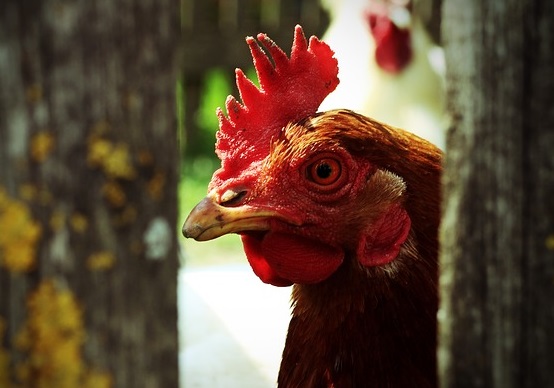

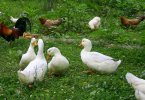
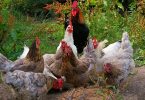
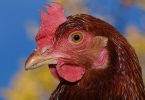

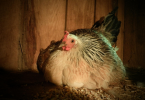
Leave a Comment